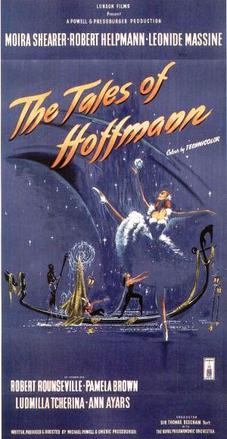 |
| Anton Walbrook, Roger Livesey, and Deborah Kerr in The Life and Death of Colonel Blimp |
This time around, I had to ask myself: Why does Casablanca (Michael Curtiz, 1943) feel timeless when The Life and Death of Colonel Blimp, a film from the same year, seems so dated? Is this just the American in me, forced to dredge up knowledge of British history that might be more ingrained in a Brit? (Though I really doubt that most Brits today are familiar with David Low's political cartoons from the 1930s and '40s that featured Colonel Blimp, a corpulent old walrus of a Tory, who satirized British complacency and jingoism.) Or is it that the Powell-Pressburger film is more detailed and searching, more engaged with what it means for a country to go to war, than the Warner Bros. romance, which is "still the same old story," cast in a wartime mode, so that we respond more immediately and viscerally to it? This is a handsome movie, with beautiful Technicolor and some engaging performances, but it takes work to appreciate its story, whereas you can just let Casablanca wash over you.















